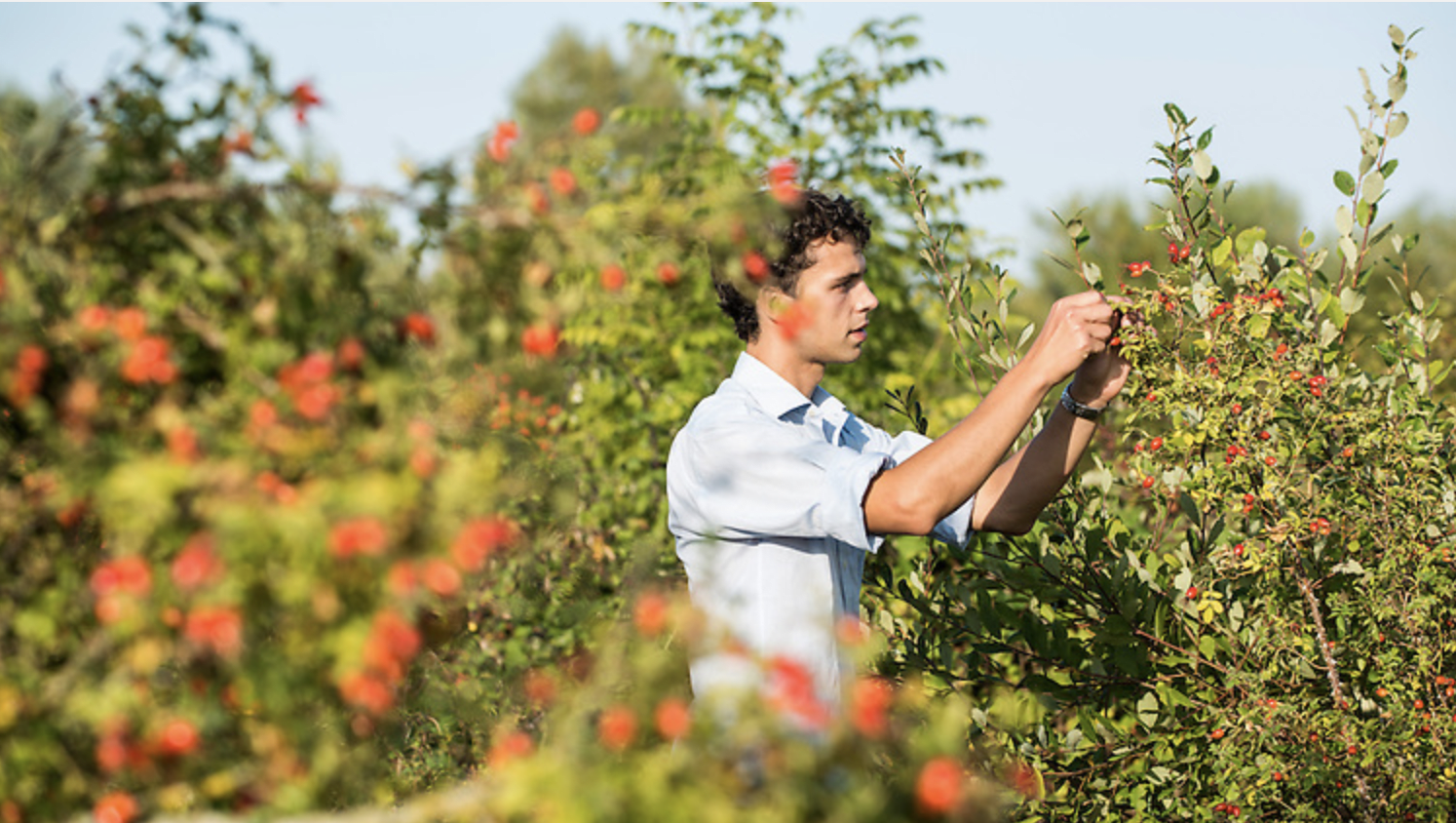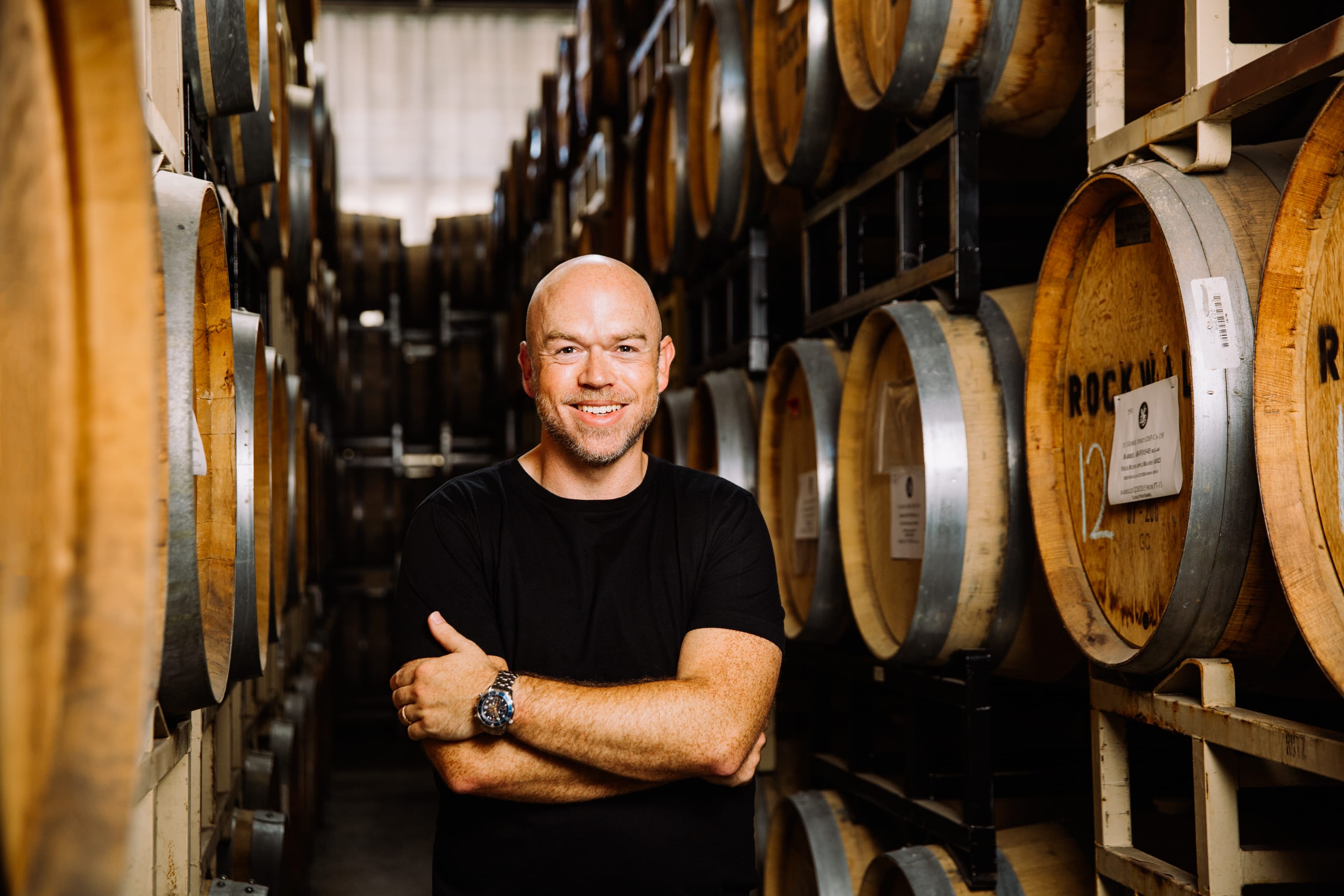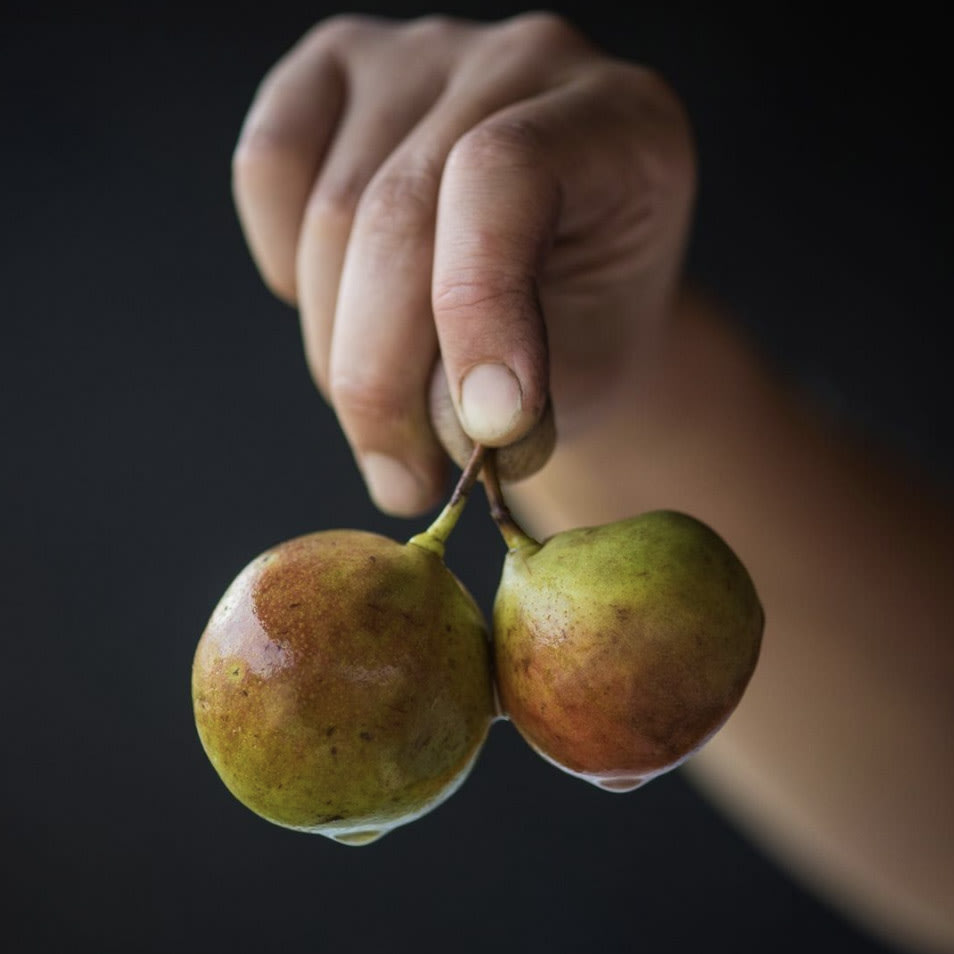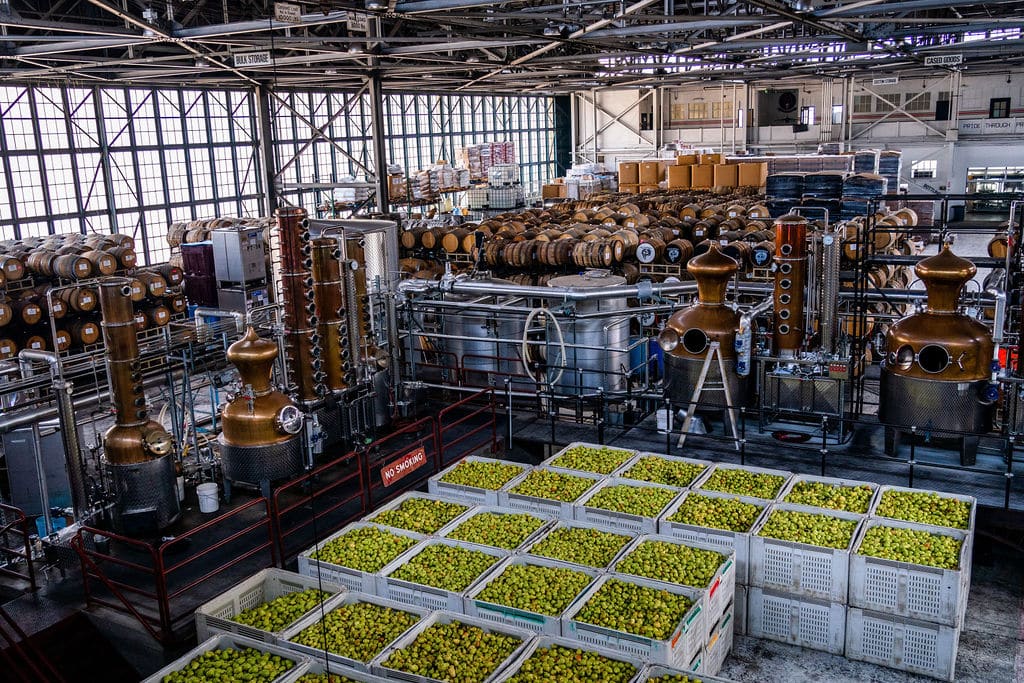

‘We’re working with things that have hours of life,’ says Barney Wilczak, founder and distiller at Capreolus Distillery in Cirencester. Wilczak’s eaux de vies have had bartenders buzzing in recent years, and it’s no surprise: using local fruits from raspberries to quince, and most recently gooseberry, his premium range of distilled fruits are some of the most exquisite expressions of their base ingredient on the market.
Getting from the raw fruit to that final liquid is no mean feat. Unlike spirits that can be distilled all year round (whisky, gin, vodka), those distilling the likes of eau de vie (unaged brandies) have a small chance each year to capture their fruits at the perfect time – and once that chance has arrived, it’s another 10-12 months before they get it again.
So, does this make high end eau de vie the hardest thing to distil in the world? Is it the purest expression of the distilling artform? And do drinkers realise how hard it is to deliver it year on year?
Making it happen
It all starts with a ripe piece of fruit. ‘Our founder Jörg Rupf hailed from the Black Forest region of Germany and brought with him family experience as an eau de vie distiller, having produced his first batch when he was about twelve or thirteen with plums from the tree in his backyard,’ says Dave Smith, head distiller for St. George Spirits in California which was founded in 1982. Now, the distillery produces both pear and raspberry unaged brandies, with whole fruits distilled in their copper pot still.


From one backyard to another Wilczak distils all of his eaux de vie in a small but perfectly formed shed at the end of his childhood garden. Fruit is delivered and within hours of arriving, they are worked one-by-one by hand, removing stalks and leaves before being fermented in wild yeast and triple distilled in his made to spec copper still.
The sheer amount of fruit used to make these liquids is astounding. 16kg of fresh pears are required to make a litre of St George’s Pear Eau de Vie, while Capreolus uses 26kgs per litre in theirs. Their trusty stills need to process thousands of kilos of fruit in a year. Take Capreolus’ Raspberry Eau De Vie that takes over 35 kilos of fruit for every litre of spirit, which when you follow the maths all the way to what’s in your glass, means there is the equivalent of 5 punnets of raspberries in every 25ml measure. It is labour intensive. The result? A true expression of that fruit, with the surrounding terroir and climate that a particular year impressed on it.”
Star bursts
It’s that concentration and specificity of flavour (particular to its year, climate and terroir, unaffected by wood ageing and with no added ingredients) that makes this category so intriguing – and special.
Tatjana Sendzimir, bar manager at London’s Fam Bar and ambassador for Singani63, agrees: “They are just super, super packed with flavour… there is something really special with the fact you can have an eau de vie this year and it can be the perfect expression of a raspberry and then have it next year and still be the perfect expression of a raspberry but it’s different.’


Hellen’s Early (AKA Sweet Huffcap) perry pears
That endless fascination is something that keeps Wilczak going through the heavy, by-hand craft process day in, day out – deciding on final products by nose and palate alone.
‘We have the opportunity to showcase the most descriptive spirits culmination of a year’s worth of climate and hundreds of years-worth of breeding… what you’re doing is not a repeatable process.’
Tall order
However, while the liquids themselves are remarkable, there are plenty of factors stacked against distillers: there’s the small window of time for the fruit to be harvested and then processed; then there’s the quality of the harvest and the time to wait between crops to improve or make changes. For Smith, the absence of oak ageing also means there isn’t anything to hide behind. For Wilczak, working with wild yeasts means big risks too with the danger of losing litres of product to one rogue strain.


Then there’s also the perception and lack of understanding around these products. When I ask Sendzimir if she thinks there is enough awareness of them in the UK bar scene, she thinks not: ‘Nowhere near, although I think it massively depends on people’s backgrounds.’ Originally from Austria herself, which has a long history of locals making schnapps and eau de vie themselves, she’s arguably had a head start. But compared to whisky, vodka or gin, fruit distillates have a long way to go.
The tides may be turning though as Smith is seeing shifts in markets changing: “For the first few decades we sold eau de vie to Europe and very little in America as Americans’ didn't have a taste for them... At this point though, we can't make enough eau de vie to sell to both Europe as well as America as they've become more popular in the States.’





